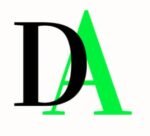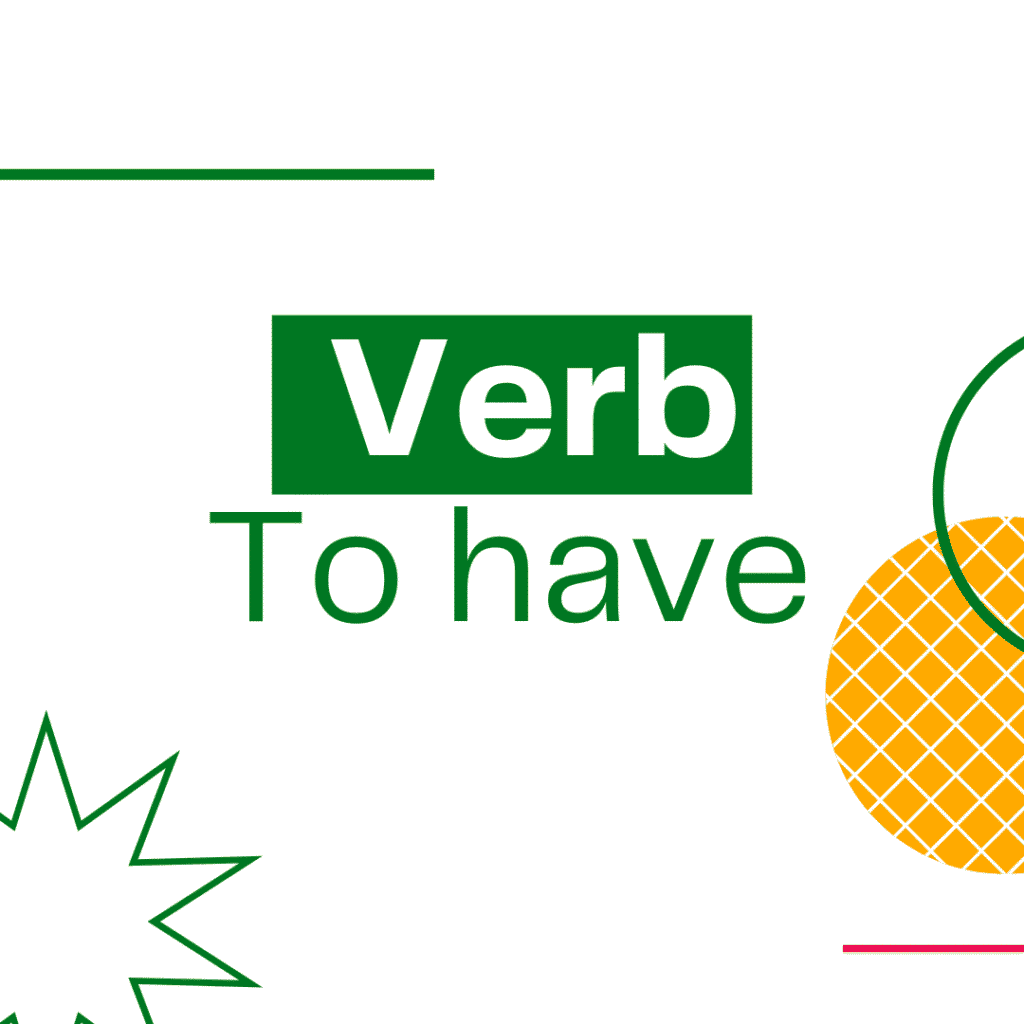How to use the verb “to have” in English?
The verb to have is used in different forms, such as the verb to have as a modal verb, the verb to have as an auxiliary verb, and the verb to have as the main verb. In this section we will discuss:
How to use the verb to have as the main verb?
What is the meaning of the verb to have?
What are the different forms of the verb to have?
Definition: The verb to have as a main verb can be defined as possession or ownership. For example: -I have a book that is showing that the book belongs to you. However, this type of verb to have has three different forms according to the time the action happened, happens, or will happen; it can be divided as present, past, and future.
Verb “to have” present
The verb “to have” in the present speaks about a possession at the time of speaking; it is used with “have” and “has.” For example, you say, “Marry has a phone.” At the time of speaking, you are showing that Marry possesses a phone. Understanding this lesson well, we need to know that there are seven pronouns, and the meaning of “pronoun” is a word that is used instead of a noun. These pronouns are he, she, it, I, you, they, and we. When the subject becomes he, she, it, or singular we will use “has,” and when the subject becomes you, we, they, I, or plural we, we will use “have.” For example:
Statement:-I have a book.
Negative:-I have not a book.
Question: Have I a book?
Question with Negative: Haven’t I a book?
Other examples
Statement:-Ahmed has a big shop this year.
Negative: Ahmed has not a big this year.
Question: Has Ahmed a big shop this year?
Question with Negative:-Hasn’t Ahmed a big shop this year?
Verb to have past
The verb “to have” in the past speaks about a possession before the time of speaking; it is used with “had.” For example, you say, “The student had a book,” meaning that the student possessed the book, but it doesn’t belong to him. However, the present tense of the verb “to have” is used for ownership that was already possessed; we use words like “last year,” “last week,” “last hour,” “yesterday,” etc. at the end of the sentence, e.g., I had a car last year.
All pronouns go with had.
Example
Statement:-Afrah had an iPhone 12 last year.
Negative:-Afrah had not iPhone 12 last year.
Question:-Had Afrah IPhone 12 last year?
Question with Negative:-Hadn’t Afrah had an iPhone 12 last year?
More Examples
Statement:- We had a good lunch yesterday.
Negative:-we had not a good lunch yesterday.
Question:- Had we a good lunch yesterday?
Question with Negative:-Hadn’t we have good luck yesterday?
Verb to have future
The verb “to have” in the future speaks about a possession after the time of speaking. It is used with “shall have” and “will have.” For example, “Mohamed will have a good wife next year” means he doesn’t have one now, but he will have one in the future. Like time, we can use the verb “to have” in the future. I and we take (shall have); you, they, he, she, it, singular nouns, and plural nouns take (will have).
Example
Statement: I shall have a new farm next month.
Negative—I shall not have a new farm next month.
Question: Shall I have a new farm next month?
Question with Negative: Shall I not have a new farm next month?
Another examples
Statement: The students will have an examination next week.
Negative: The students will not have an examination next week.
Question: Will the students have an examination next week?
Question with Negative: Won’t the students have an examination next week?
Verb to have exercises
Exercise one: Change the following into present
1) She had a new dress yesterday.
2) He had many babies.
3) Hadn’t I a nickname?
4) Will the lion have a problem?
5) Shall we have permission to go?
Exercise two: Change the following into the past.
1) Musa has a bad cold.
2) Students will not have a grammar lesson.
3) Aisha won’t have a bad sleep.
4) Ahmed doesn’t have much food.
5) What have they for him?
Exercise three: Change the following into future tense.
1) I have a good pen in my book.
2) She has a restaurant in the market.
3) It had a meat
4) Hadn’t the lion had a breakfast?
5) They have a period.
Exercise four: fill the blank spaces
A) Fill the blank spaces using “will have” or “shall have.”
1) He _____not_____ a game.
2) She ____ _____ a new skirt.
3) The boy _____ _____ an eyeglasses.
4) _______ the players _______ a match?
5) _____ we _____ cars?
B) Fill the blank spaces using “had.”
6) _______ the girl a gold chance?
7) The man ______ not a dog.
8) _____ my son a mobile
9) Anad ______ a good brother.
10) The school _____ an extra room.
C) Fill the blank spaces using “have” or “has.”
11) The lion ________ four legs.
12) The men ____ _____ four legs.
13) _____ The women children?
14) They _______ a lot of work.
15) He ______ a meeting.
Exercise four answers.
1) He will not have a game.
2) She will have a new skirt.
3) The boy will have eyeglasses.
4) Will the players have a match?
5) will we have cars?
6) Had the girl have a good chance?
7) The man had not a dog.
8) Had my son a mobile
9) Adan had a good brother.
10) The school had an extra room.
11) The lion has four legs.
12) The men have not four legs.
13) Have the women children?
14) They have a lot of work.
15) He has a meeting.
Verb “to have” FAQs
What is the verb “to have”?
Simply, the verb “to have” is possession or ownership.
What are the types of the verb “to have”?
There are three types of the verb “to have”:-
a) Verb “to have” present: I have a brother.
b) Verb “to have” past: I had a father.
c) Verb “to have” future: I shall have a father.
What is the difference between the verb “to have” and the verb “to be”?
Definition: The verb “to be” is a state of existence of a person, thing, or animal; for example, “I am a man,” but the verb “to have” is possession or ownership; for example, “We have books.”
If you need a deep explanation of the verb “to be,” click the link below.

